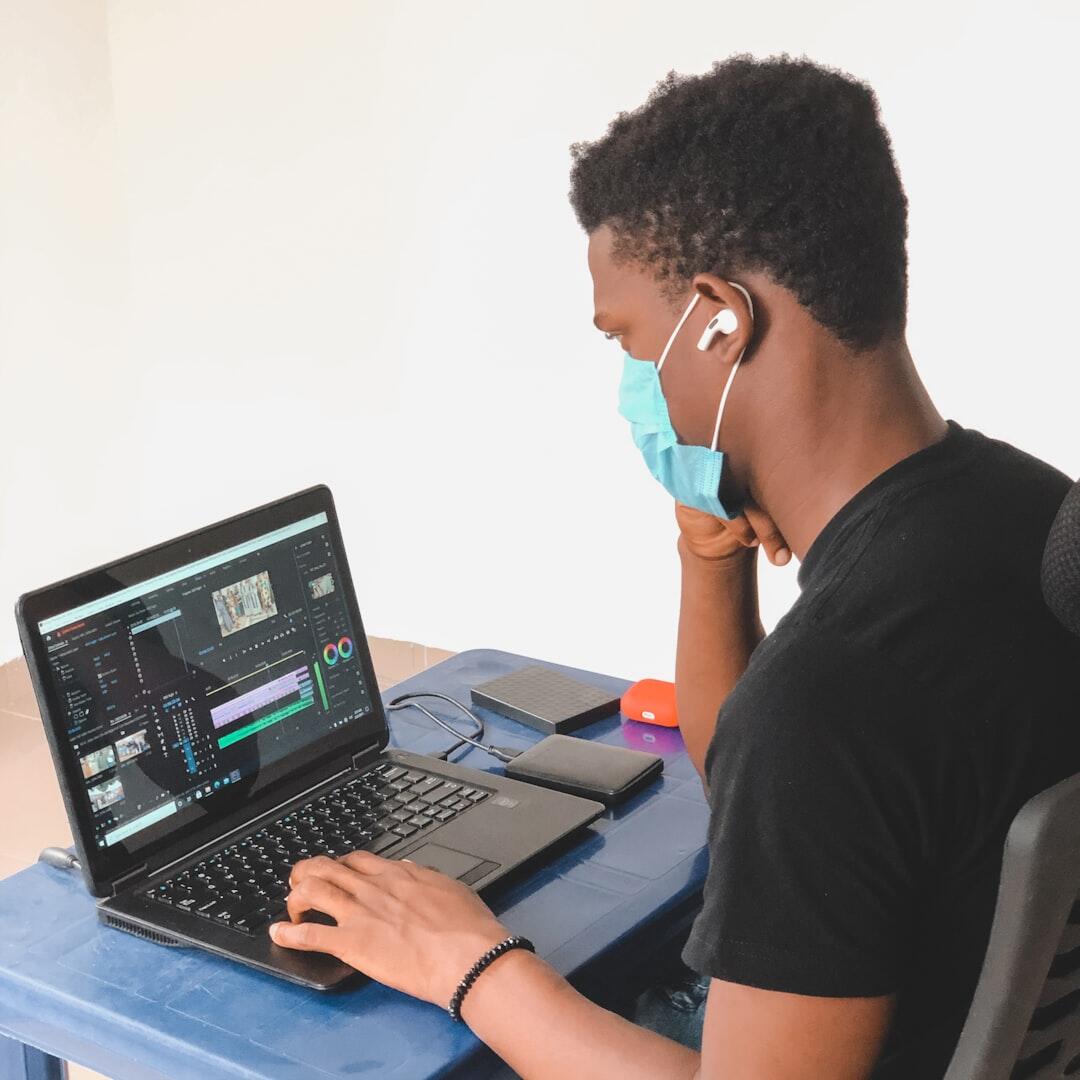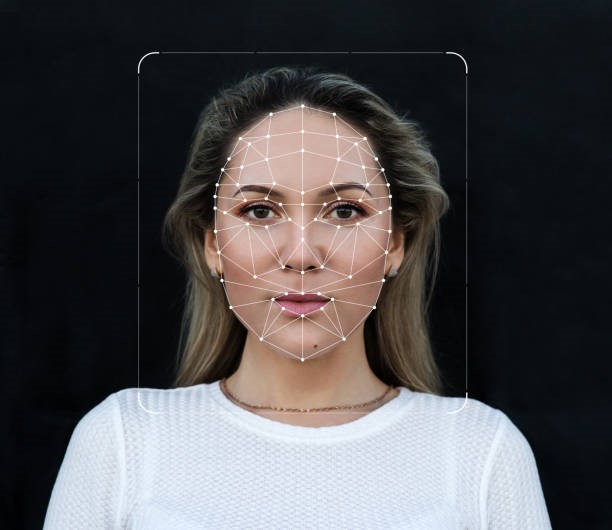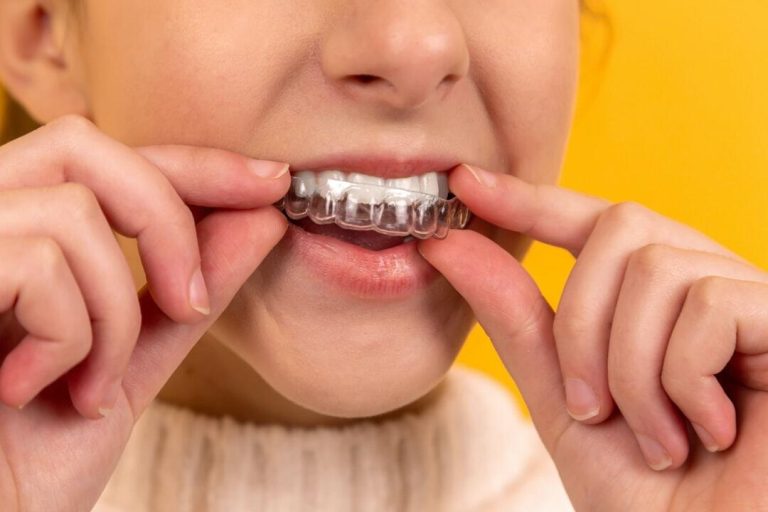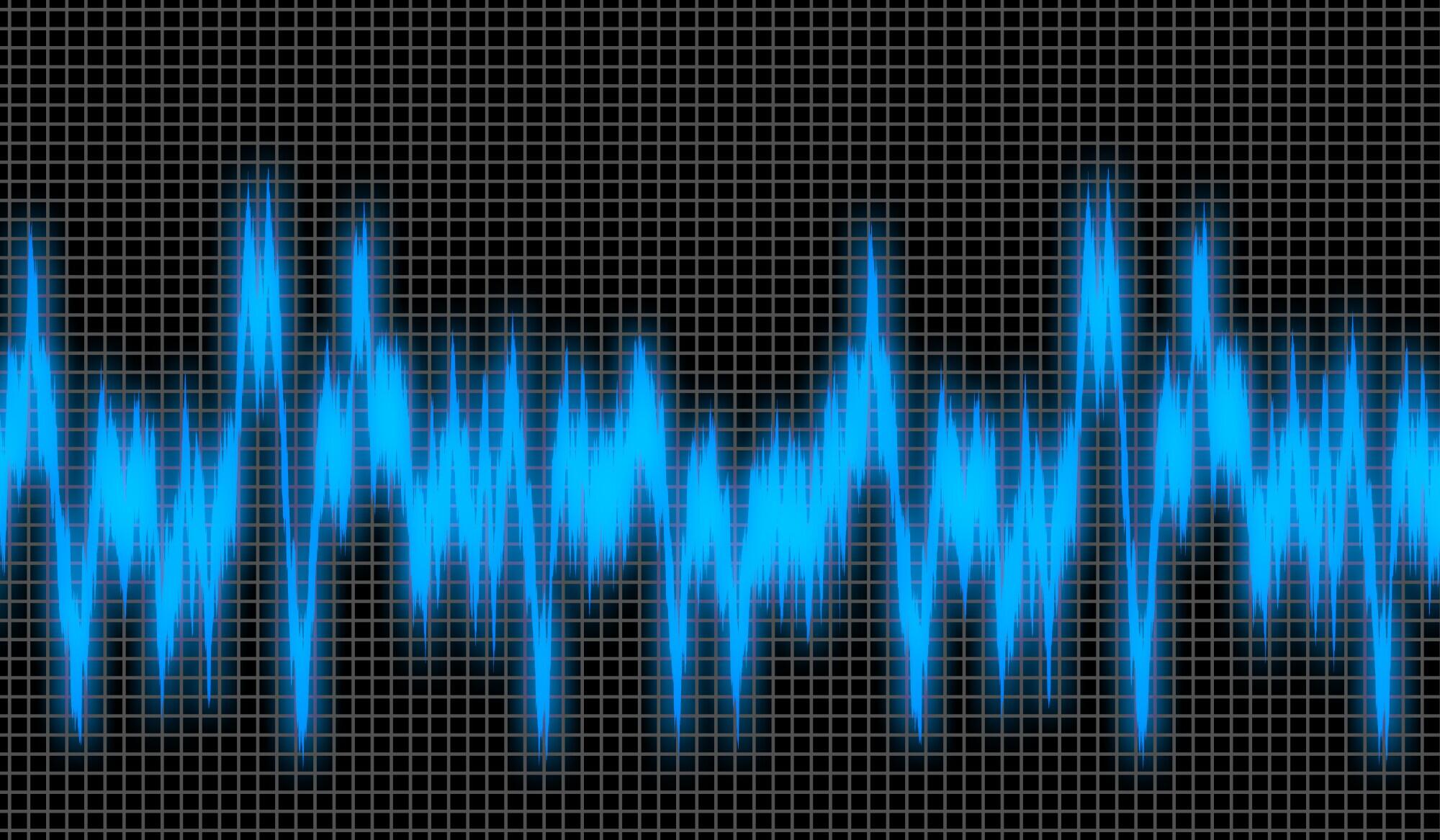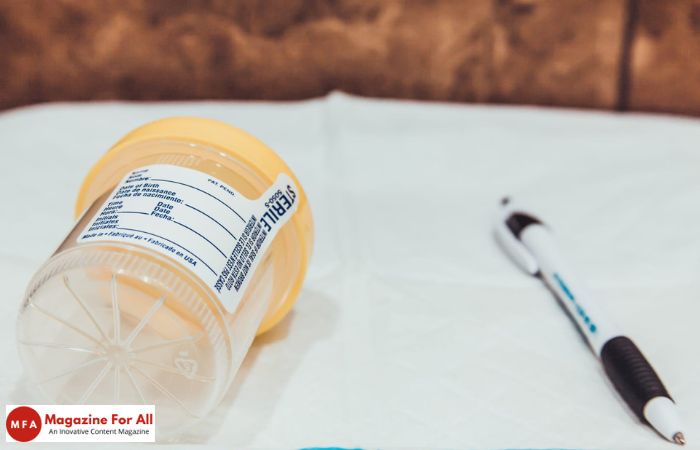Stepping into the realm of drug testing might feel overwhelming, especially if you are new to it. There’s a multitude of testing options, but one that you might find most frequently is a urine cup drug test. This simple tool is used as a reliable method for detecting the presence of drugs in an individual’s system.
In this article, we’ll take a closer look at the drug test components of a urine test. We’ll help you understand the purpose of each component and how they work together to provide accurate results.
Table of Contents
Let’s delve into it, shall we?
The Cup: Your Primary Testing Container
The cup, while seemingly ordinary, serves as the primary vessel in the drug detection test. It’s specifically designed to hold the urine sample securely and prevent leakage or contamination.
It is typically made from sturdy, medical-grade plastic. This means that the drug test cup can withstand accidental drops and temperature changes while retaining its integrity.
The shape and size of the cup are both intentional. They are easy to use and can accommodate a sufficient sample volume for accurate testing.
The Lid: Keeping the Sample Safe and Secure
The lid is not just a simple cover for the urine cup. It plays an integral role in maintaining the integrity of the urine sample.
Carefully engineered with a secure seal, it ensures that the sample stays within the cup. It eliminates the possibility of spillage,
contamination, or tampering. It’s made of the same medical-grade plastic as the cup to withstand the same environmental conditions.
The lid often incorporates a leak-proof seal.
This adds an extra layer of security and prevents accidental leakage during transport or handling.
The design often facilitates easy and minimal contact opening. It ensures that the sample remains undisturbed until testing.
The Test Strips: Detecting Drug Metabolites in Urine
The test strips are one of the most pivotal drug screening elements. They have reagents that react with specific drug metabolites present in the urine. These metabolites are remnants of the drug that have been broken down by your body. When the test strip comes into contact with a urine sample containing these metabolites, it triggers a chemical reaction that produces a colored line.
Each test strip detects a specific drug or class of drugs. Commonly, a multi-panel drug test cup will contain multiple test strips. Each strip is responsible for identifying a different substance.
This allows for simultaneous testing of several drugs. It enhances both the efficiency and comprehensiveness of the test.
To use these strips, the urine sample is typically poured or drawn into the testing area. After a predetermined time, the results can undergo interpretation. This happens by examining the appearance of colored lines on the test strip.
The Control Line: Assuring Test Validity
The control line guarantees the validity of the test. It serves as an internal procedural control, ensuring that the test is working as it should.
Every urine cup drug test should exhibit a colored control line after the completion of the testing procedure is completed. This should happen whether the test result is positive or negative.
If the control line does not appear, it generally indicates that the test is invalid. This could be due to insufficient sample volume, improper testing procedures, or a faulty test. In such cases, the test should be repeated with a new urine sample and a new test kit.
The Test Region: Indicating Drug Presence
The test region is the area where the actual magic of drug detection happens. It’s often marked on the test strip, usually containing lines that emerge when the test is functioning correctly. The appearance of these lines is significant and indicates the presence or absence of metabolites in the urine sample.
A test line appears in the test region for each specified drug. Let’s say that you are using a 5-panel drug test, you will have five different test regions.
Each of these is associated with a specific drug. These could include categories like amphetamines, methamphetamines, opiates, marijuana (THC), or cocaine.
If a certain drug or its metabolites are not present in the urine sample, a colored line will appear in the corresponding test region. A line appearing means that the test for that specific substance is negative.
In contrast, if the drug is present in the urine, the colored line in the corresponding test region will not appear. The absence of a line in the test region signifies a positive result for that specific drug.
However, it’s crucial to comprehend that the absence of a line, regardless of how faint the line might be, is still indicative of a negative result. Even a very light-colored line in the test region suggests that the concentration of the drug in the urine sample is low. It means that it is below the designated cut-off level for that particular drug.
The Adulteration Strip: Detecting Tampering Attempts
The adulteration strip is one of the most integral drug testing tools. It serves as a safeguard against tampering attempts. It helps to ensure the authenticity of the urine sample.
Adulteration strips typically contain a series of chemical pads. They react with certain substances added to urine samples to alter the results of a drug test.
These substances can include bleach, vinegar, or specialized detox products. Adulteration strip tests for these and other substances. They also test for abnormal levels of specific elements, such as pH, specific gravity, or oxidants, that may indicate a tampered sample.
For instance, the pH level in a normal urine sample should range from 4.5 to 8. A urine sample with a pH level outside this range could be a sign of tampering. Similarly, specific gravity is a measure of urine concentration.
An adulteration strip can help ensure that a drug test provides accurate, reliable results. It’s an invaluable tool in preventing attempts to compromise the integrity of the urine testing process.
All Components of a Urine Cup Drug Test Are Essential
A urine cup drug test is a comprehensive and reliable method for drug detection. Each component plays a critical role in ensuring accurate results.
By understanding the function of each part, you can confidently navigate the world of drug testing. Whether you are an employer or an individual, urine testing can provide the answers you need.
So, next time you encounter this type of drug detection test, remember the importance of each component and how they work together to provide accurate results.
Was this urine drug test kit breakdown helpful? Then check out the rest of our site for more.
Related Post: The Ultimate Guide to Understanding How Long Does Meth Stay In Urine




